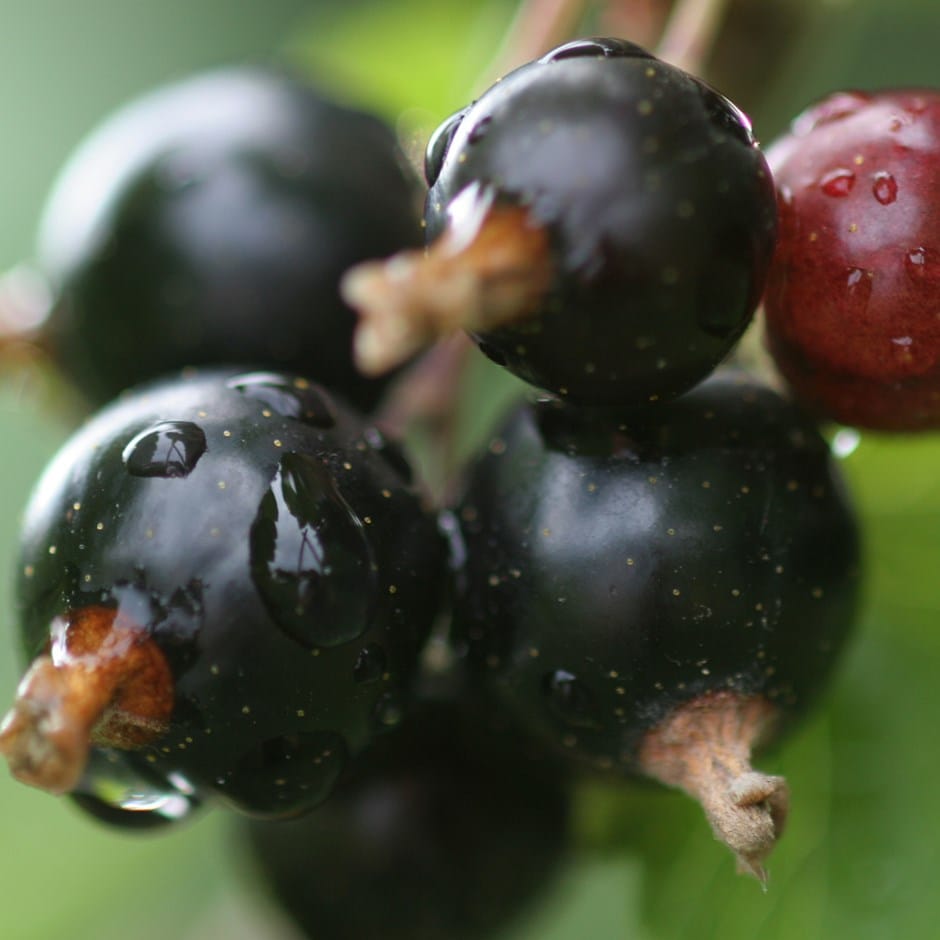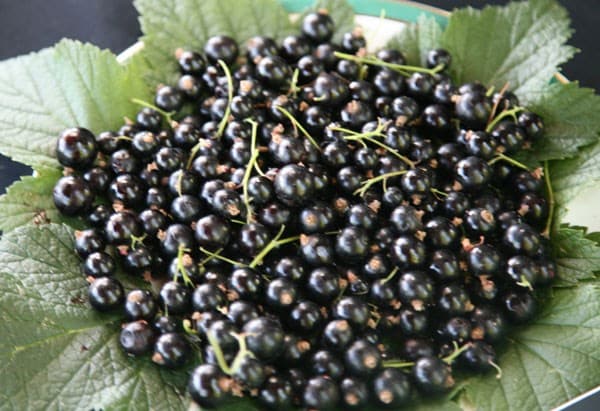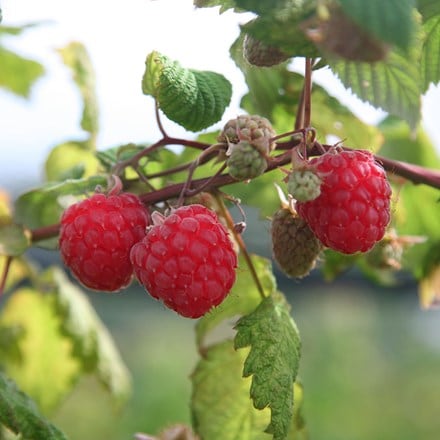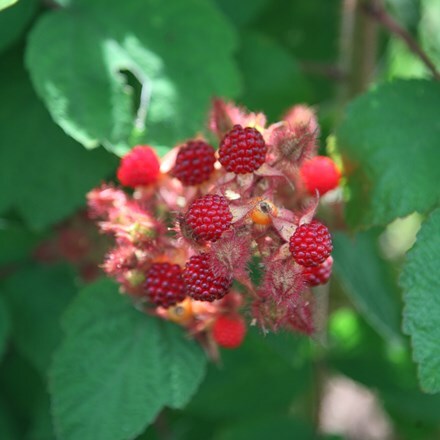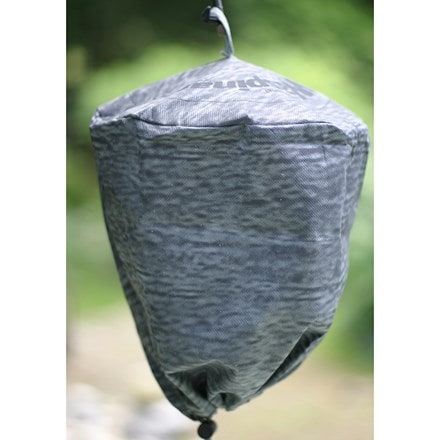blackcurrant 'Ben Connan'
blackcurrant
- 3 litre pot
- £21.99
- In stock (shipped within 2-3 working days)
- bare root plant
- £9.34 £10.99
- In stock (shipped within 2-3 working days)
- 2 + 1 FREE bare root plants
- £18.68 £21.98 £6.23 each
- In stock (shipped within 2-3 working days)
Delivery options
- Standard £5.99
- Position: full sun
- Soil: moderately fertile, moist but well-drained soil
- Rate of growth: average
- Hardiness: fully hardy
A small to medium sized shrub that shows good resistance to mildew and is very frost tolerant, so excellent for growing in colder areas. It produces exceptionally large fruit that have a superb rich flavour from mid-July, and an established plant produce up to 3.6kg (8lb). A very popular variety.
Plant bare root blackcurrants between late autumn and early spring while dormant, spacing them 1.5m (5ft) apart in well-prepared, weed-free soil enriched with well-rotted compost or manure. Potted plants can be planted at any time of year, provided the soil isn't frozen or waterlogged. Set young plants slightly deeper than they were in the nursery pot to encourage new shoots from the base.
Keep plants well-watered in dry spells, especially in their first year. Mulch in spring with well-rotted organic matter to conserve moisture and suppress weeds. Feed with a balanced fertiliser in early spring and again after harvest to support next year’s crop. Netting, or growing within a fruit cage, helps protect developing fruit from birds.
Once the plant has reached flowering maturity, remove about a third of the oldest stems at the base to maintain an open shape and promote new fruiting wood—do this in winter. Harvest blackcurrants once they’ve ripened fully, usually in mid to late summer, picking whole strigs when fruits are dark and glossy.
Keep plants well-watered in dry spells, especially in their first year. Mulch in spring with well-rotted organic matter to conserve moisture and suppress weeds. Feed with a balanced fertiliser in early spring and again after harvest to support next year’s crop. Netting, or growing within a fruit cage, helps protect developing fruit from birds.
Once the plant has reached flowering maturity, remove about a third of the oldest stems at the base to maintain an open shape and promote new fruiting wood—do this in winter. Harvest blackcurrants once they’ve ripened fully, usually in mid to late summer, picking whole strigs when fruits are dark and glossy.
Goes well with
Rubus phoenicolasius Japanese wineberry
3 litre pot
£21.99
In stock (shipped within 2-3 working days)
